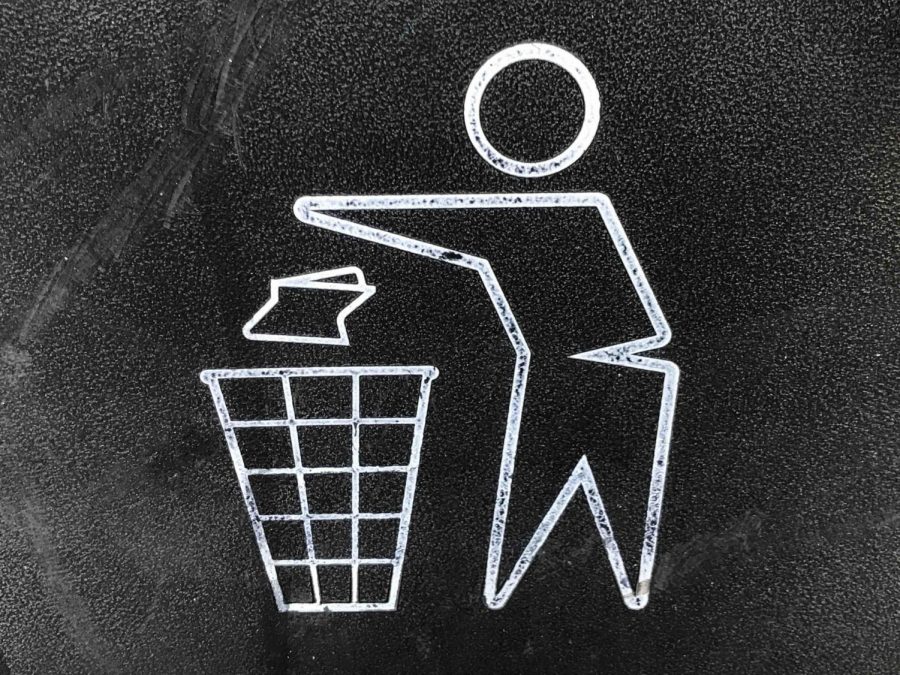Three hundred million tons of plastic are produced a year. Eight million of that is currently in our oceans. Day after day, we blindly contribute to the rapidly accumulating amount of plastic waste that has consumed small, remote islands and greatly damaged sea life. All of the environmental damage that we take part in is scary, but there are remedies. By making adjustments to our everyday lives we can diminish the amount of plastic that is used and produced.
Making these adjustments to your life is easier than you think! If we all do these little things, day by day, we can reduce a great amount of our carbon footprint. Here are some of the changes I have made in my life to reduce my plastic usage.
Using Reusable Water Bottles
One tactic I use which is very effective in eliminating plastic waste is using reusable water bottles. Reusable bottles can often have an intimidating price tag, but the $40 that would be spent on a reusable water bottle like a HydroFlask is equivalent to the standard price of 320plastic water bottles that will most likely not be disposed of correctly. Because there is no limit to the number of times you can use them, reusable bottles will help reduce the amount of waste stemming from the limited, extremely harmful alternative of using plastic bottle after bottle.
Limiting Use of Plastic Bags
Another great way to reduce plastic use is by not taking a plastic bag from the dining hall. If you know you’ll need a plastic bag to carry out your food, bring a reusable one from home. The food at Monty’s comes in paper boxes, which are great and easily transportable, but by opting to use a plastic bag, a vicious cycle of plastic waste and a higher demand for plastic production is created. It is widely known that plastic bags harm animals — whether the bags are consumed by the animals or wrapped around their legs or neck. By reducing your use of plastic bags, there will be less plastic production and therefore the amount of toxins in our air and water will decrease. If you do take a plastic bag, use it in your dorm as a trash bag instead of buying packaged garbage bags from the store. This gives the bag a second life and, again, limits the amount of plastic production.
Using Reusable Masks
As the pandemic has progressed, it has become evident that the dangers of disposable masks to wildlife are a severe concern. The earpieces of disposable masks can get hooked around the legs and necks of animals, which can sometimes lead to their death. To avoid this, use a reusable mask and if a disposable mask must be used, be sure to cut off the strings before you throw it away. St. John’s has provided every student with their own reusable mask and, if you look around campus, many individuals have a reusable mask, which is great! By using a cloth mask, the amount of waste from disposable masks is largely reduced. In addition to the positive environmental impacts of reusable masks, it is much more inexpensive to use a reusable one. A box of disposable masks can range from as low as $15 to as much as $100 for a limited amount of uses. Why buy disposable masks over and over when you can buy a pack of reusable masks with infinite uses?










